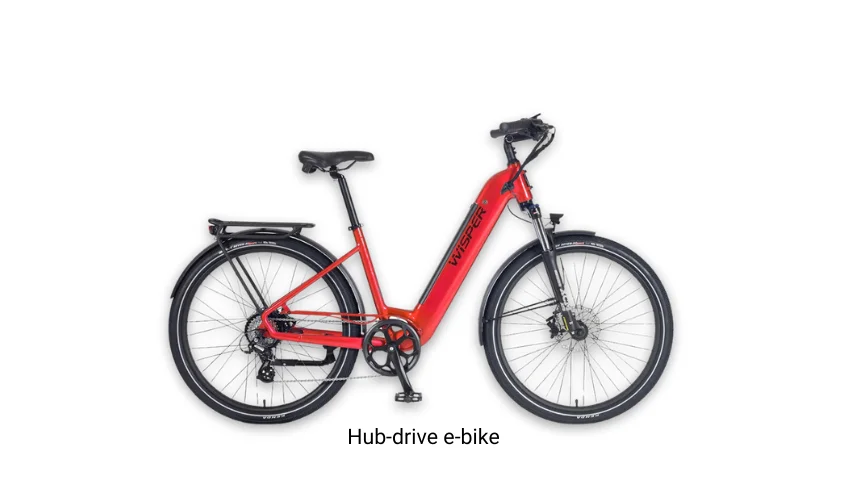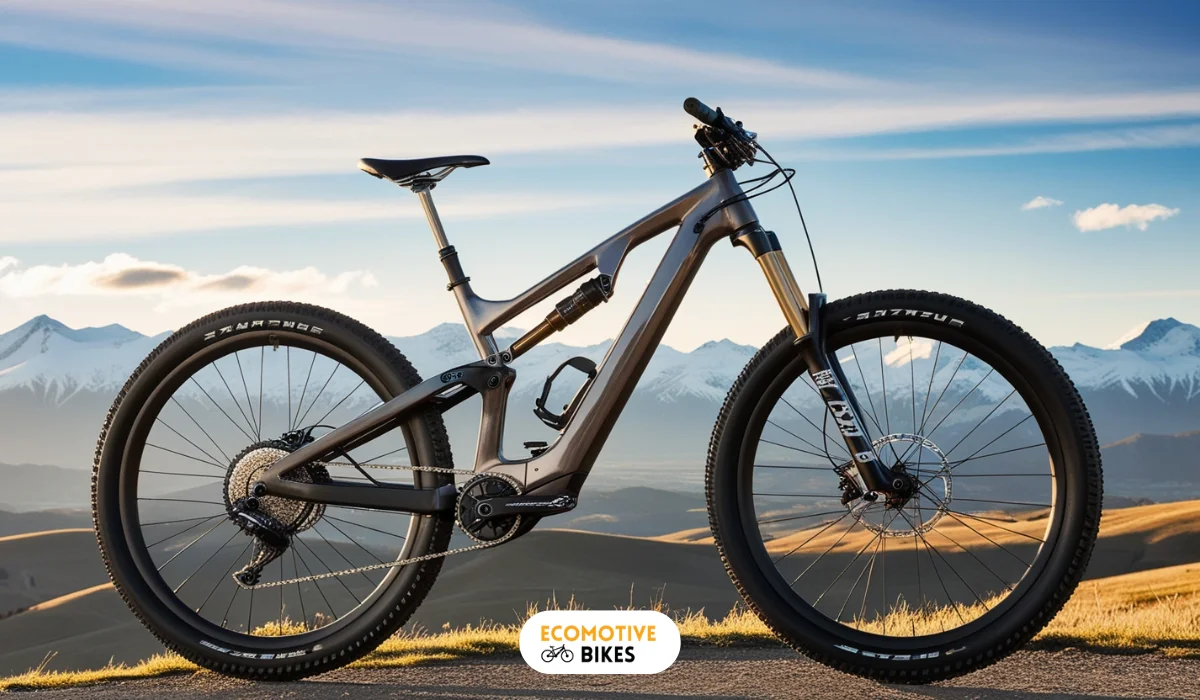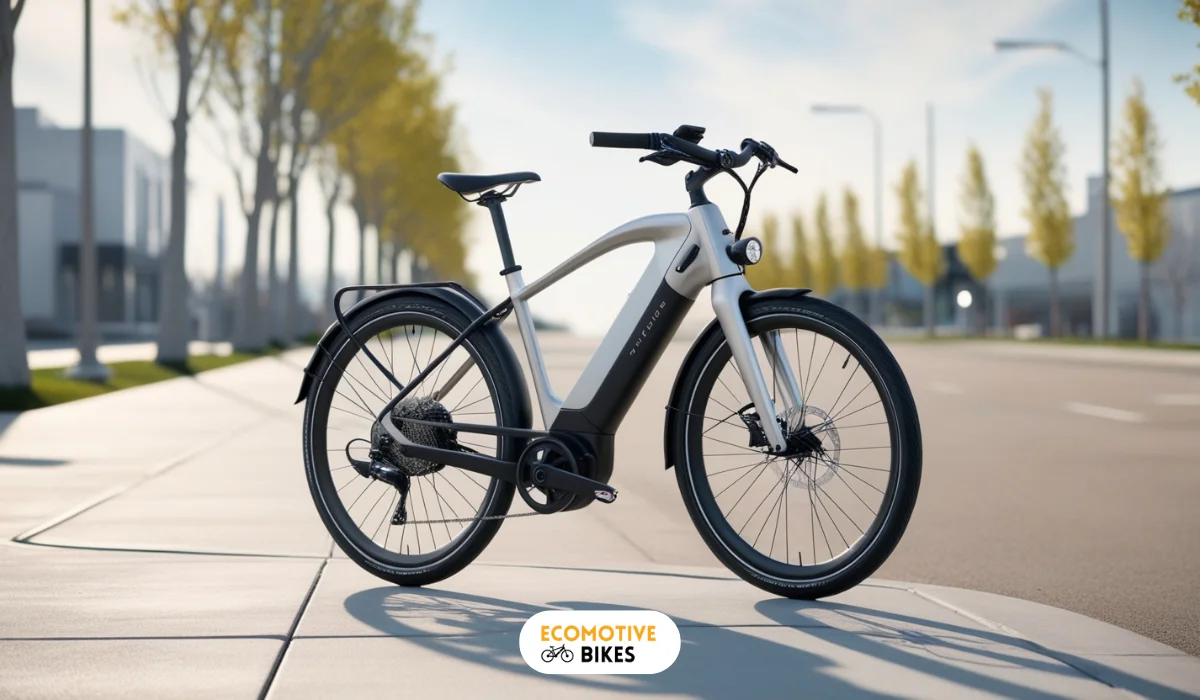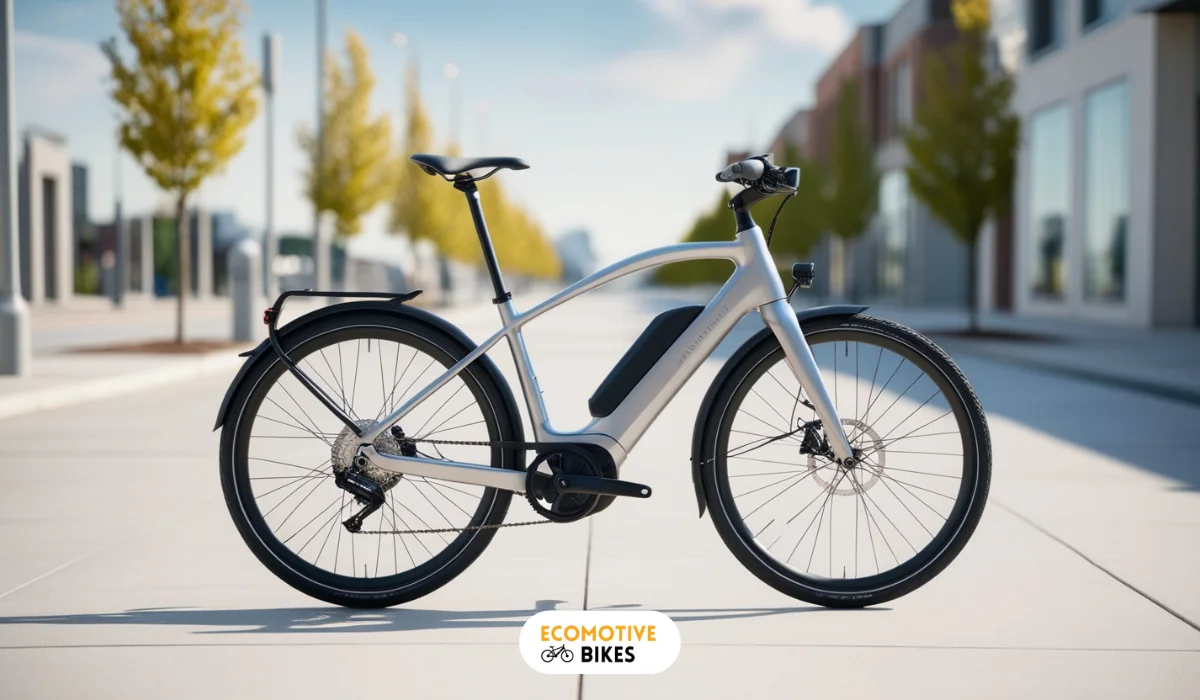How Do E-Bike Motors Work? Mechanics Behind Electric Bikes
Learn how do e-bike motors work, including their types, power delivery, and role in pedal assistance. Discover the technology that powers electric bikes.
Table of Contents
Related Articles:
E-bike motors are the heart of electric bicycles, providing the power that transforms a regular bike ride into an effortless experience. But how exactly do e-bike motors work?
In this post, we’ll break down the mechanics of e-bike motors, including the different types—hub motors and mid-drive motors—and how they assist riders by delivering power based on pedaling input. Whether you’re curious about how e-bikes handle hills or want to know more about their energy efficiency, this guide will help you understand how e-bike motors operate and enhance your cycling experience.

Fundamental Principles of Electric Motors
To grasp how e-bike motors function, it’s vital to understand the fundamental principles behind electric motors. These devices convert electrical energy into mechanical energy using the principles of electromagnetism.
Unlike traditional motors that utilize brushes to switch the current direction, brushless DC motors, or BLDC motors, offer improved efficiency and longevity by eliminating wearing parts. This makes them the standard for e-bikes today.
Basic Operation of Electric Motors
Across the world of electric motors, the conversion of electrical energy to mechanical energy hinges on electromagnetism. When current flows through a coil in the motor, it generates a magnetic field that interacts with permanent magnets.
This interaction creates rotational motion. Unlike traditional motors, brushless DC motors achieve this without brushes, allowing for smoother operation and reduced maintenance.
Related: Bafang vs Bosch motors
Components of E-Bike Motors
After the basic operation, let’s look into the components of e-bike motors. The key parts include the stator, which contains wound wires that become electromagnets, and the rotor, made up of permanent magnets. As the stator’s electromagnets activate in a sequence, they attract and repel the rotor’s magnets, resulting in rotation and thus producing motion.
Even more interesting, these interactions seamlessly translate into the functionality of the bike. The stator’s electrical input determines the torque generated by the rotor. In mid-drive motors, this torque is transferred to the bike’s drivetrain, enhancing your pedaling power directly, while in hub motors, the rotor spins the wheel directly, delivering a different riding experience.

Related: Single vs dual motor ebikes
How E-Bike Motors Interact With Other Components
It is necessary to understand how e-bike motors integrate with various components to deliver a seamless riding experience. The motor interacts closely with the battery and motor controller, allowing for efficient power transfer and optimal performance based on your riding preferences.
Role of Motor Controllers
Let’s see how do e-bike motors work!
Above all, motor controllers are pivotal in synchronizing the motor’s power output according to your input. They modulate power delivery, enabling pedal-assist functions that adjust motor support based on your pedaling cadence or torque.
If you have a throttle, it also comes into play, allowing you to override the pedaling for instant propulsion when you need it. (Choosing the right controller is vital for enhancing your riding experience.)
Battery Functionality
The battery serves as the motor’s primary power source, affecting overall performance and ride quality. Common battery types include lithium-ion, which provides excellent energy density and longevity.
The capacity of your battery significantly influences how far you can travel and how much power is available for the motor. (Selecting a battery with the right capacity can make a major difference in your e-bike’s range.)
Also, the battery’s health and capacity will determine the efficiency of the motor. A higher-capacity battery can offer extended rides and more consistent power.
Moreover, the integration of battery management systems ensures that energy is used efficiently, prolonging battery life. (Always consider battery quality when investing in an e-bike for the best performance and longevity.)

Types of E-Bike Motors
If you’re exploring e-bike options, understanding the different types of motors is imperative. The primary designs include:
- Mid-Drive Motors
- Direct-Drive Hub Motors
- Geared Hub Motors
- Friction Motors
- Aftermarket Kits
Any choice will depend on your riding style and needs.
| Motor Type | Description |
| Mid-Drive Motors | Located at the bike’s center, they enhance pedaling power. |
| Direct-Drive Hub Motors | Connected to the axle, suitable for high-speed applications. |
| Geared Hub Motors | Utilizes gears for torque, better at low speeds. |
| Friction Motors | Uses contact with the tire, simple but less efficient. |
| Aftermarket Kits | Add motors to existing bikes for electric assistance. |
Mid-Drive Motors
Before plunging into the details, mid-drive motors are strategically positioned between a bike’s cranks and work within the existing drivetrain. They provide torque that spins a shaft connected to the chainring, enhancing your pedaling power.
This design excels in climbing steep hills and offers a balanced ride. However, increased torque may lead to more chain wear, and they tend to be pricier due to their complexity.

Hub Motors
MidDrive hub motors come in two main types: direct-drive and geared. Direct-drive motors utilize the axle as the motor shaft, allowing for a straightforward mechanism. They excel at high-speed applications but can struggle with low-speed torque.
In contrast, geared hub motors employ internal planetary gears to enhance torque at lower speeds, making them ideal for uphill climbs; however, they offer less top-end speed. (Deciding between them should align with your riding preferences.)
Indeed, both types of hub motors have their unique characteristics. Direct-drive systems are typically larger and suited for cruising at higher speeds, while geared motors are more efficient for low-speed applications.
Their weight and performance distinctions might influence your choice of what suits your riding style best. (Your preference for speed or torque can guide which motor type you should consider.)

Related: Are dual motor ebikes run faster?
Comparison of Motor Types
Not all e-bike motors are created equal, and choosing the right type can significantly affect your riding experience. Here’s a quick comparison:
| Motor Type | Key Features |
| Mid-Drive Motors | A simpler design, good for high-speed, can regenerate energy but may add weight. |
| Direct-Drive Hub Motors | Simpler design, good for high-speed, can regenerate energy but may add weight. |
| Geared Hub Motors | Higher torque at low speeds, smaller diameter, no regenerative capability but coasts freely. |
| Friction Drives | Low-cost, easy to install but increases tire wear and less efficient overall. |
Thou must consider your riding style when selecting the motor type.
Mid-Drive vs Hub Motors
Motors can differ greatly in their configurations—mid-drive motors are renowned for their efficiency while climbing and promote better weight distribution. In contrast, hub motors typically do not wear down the chain, which can be advantageous for maintenance.
However, mid-drives may face chain wear due to added torque. (Ultimately, your choice should align with your riding needs and terrain.)
Direct-Drive vs Geared Hub Motors
At the core of hub motor technology, direct-drive and geared systems serve different purposes. Direct-drive motors excel in high-speed applications and are easier to maintain but can struggle with low-speed torque.
Meanwhile, geared hub motors are lighter and better suited for high-torque situations, though they sacrifice some top speed. (Deciding between these two requires you to identify your primary riding habits.)
For instance, direct-drive hub motors generate decent power at high speeds, making them ideal for flat terrain. On the other hand, geared hub motors provide excellent torque for climbing steep hills, which many riders prefer. (Considering your typical routes will help guide this important decision.)
Maintenance and Care for E-Bike Motors
Many e-bike enthusiasts often overlook the importance of regular maintenance for their motors. Proper care extends the lifespan and ensures optimal performance, allowing you to enjoy your ride fully.
Regularly inspect your motor for any signs of wear or damage and keep the electrical connections clean and secure. Additionally, I recommend following the manufacturer’s guidelines for servicing. (Perform a quick visual check each month.)
General Maintenance Tips
An effective maintenance routine can prolong the life of your e-bike motor. Here are some vital tips:
- Keep the motor clean and free from debris.
- Check for loose connections regularly.
- Lubricate moving parts according to the manufacturer’s instructions.
- Store the e-bike in a dry place to prevent moisture damage.
- Inspect the chain and gears for wear, as this affects motor performance.
Assume that following these tips will lead to a better riding experience.
Troubleshooting Common Issues
Between the joy of riding and occasional hiccups, it’s vital to know how to troubleshoot common e-bike motor issues. If you notice reduced power or unusual noises, investigate promptly. Often, these are signs of loose connections, low battery power, or gear complications. If you’re experiencing poor performance, first check the battery’s charge and connections before delving deeper.
Maintenance of your e-bike motor will help avoid more severe problems down the road. For instance, if your motor is making strange sounds, double-check the wiring and connections to ensure everything is secure.
A visual inspection can save you from more complex repairs later. If you notice any performance inconsistencies, consider the motor’s integration with the bike’s other components, such as the battery and controller. By addressing minor issues early, you can maintain the optimal performance of your e-bike and enjoy a smoother ride.
Regulatory and Legal Considerations
After getting familiar with how e-bike motors work, it’s important to understand the regulatory and legal considerations that affect their usage. Various laws govern e-bike operation, including speed limits, rider age restrictions, and helmet requirements. Compliance with these regulations is crucial for ensuring safe and lawful riding on your e-bike.
E-Bike Legislation
At the legislative level, e-bikes are typically categorized into classes that determine their power output and permissible usage on public roads. Class 1 e-bikes offer pedal assistance only, while Class 2 e-bikes can feature a throttle, and Class 3 e-bikes provide higher speeds.
Understanding these classifications helps ensure you ride within your jurisdiction’s laws and regulations, which can vary significantly. (For example, some regions might require a license or registration for Class 3 e-bikes.)
Safety Guidelines for E-Bike Operation
Regulatory compliance extends to safety practices as well. When operating your e-bike, always use designated bike paths where available, wear a properly fitted helmet, and ensure your bike’s lights and bells are functional.
Additionally, be mindful of traffic rules and signal your intentions to other road users. (Always carry basic repair tools to handle any mechanical issues on the go.)
For instance, being aware of your surroundings and maintaining a safe speed can significantly reduce the likelihood of accidents. I recommend keeping a safe distance from vehicles and being extra cautious at intersections and pedestrian crossings.
Educating yourself about local regulations ensures adherence to safety guidelines. (Always stay updated on any changes in legislation affecting e-bike riders.)
To Wrap Up: How Do E-bike Motors Work?
E-bike motors are a key component that makes electric bikes both efficient and enjoyable to ride. By providing pedal assistance and helping you tackle challenging terrains, these motors transform cycling into a more accessible and versatile activity.
Whether you opt for a hub motor or a mid-drive motor, understanding how e-bike motors work can help you decide when choosing the right e-bike for your needs. With their combination of power and ease, e-bike motors continue to revolutionize the way we commute and explore the world on two wheels.





